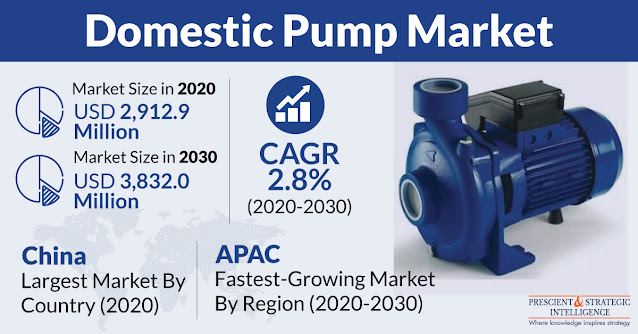Groundwater Depletion Supporting Expansion of Domestic Pump Market

The global domestic pump market revenue stood at $2,912.9 million in 2020, and it is predicted to rise to $3,832.0 million by 2030. According to the estimates of the market research company, P&S Intelligence, the market will grow at a CAGR of 2.8% from 2021 to 2030. The surging construction activities in the residential sector, increasing number of high-rise buildings, where pumps are required for maintaining the water pressure till the upper storeys, depletion of groundwater, and rapid urbanization are the major factors fueling the growth of the market. As per the Our World in Data, the global population will surge to 8.2 billion and 8.6 billion by 2025 and 2030, respectively. The surge in the worldwide population would create burden on the existing water infrastructure, which supplies drinking and utility water. In addition, a large number of people are rapidly shifting from rural areas to cities and towns every year. As per the World Bank, the share of the urban population in


